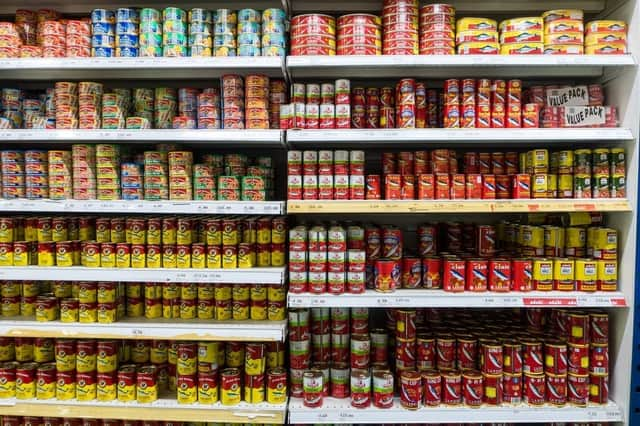Study maps food poverty across England to see where food banks are needed


Dianna Smith, University of Southampton and Claire Thompson, London School of Hygiene & Tropical Medicine
Statistics from food banks across England show a frightening rise in the number of people using their services, meaning that more and more people don’t have enough money to feed themselves. Between April 1, 2016 and March 31, 2017, the Trussell Trust provided 1,182,954 three-day emergency food packages – up 73,645 from the previous year.
Advertisement
Hide AdAdvertisement
Hide AdPeople affected by food poverty face severe threats to their health and well-being. As well as the stress, depression and anxiety that can result from not having enough money to feed their families, people experiencing food poverty also face a higher risk of obesity, because the only foods they can afford tend to be cheap, sugary, processed and fattening.


Some researchers have already mapped out who is using food banks, which is a big step towards understanding the problem. But academics like ourselves are increasingly concerned that just focusing on food bank data means we are not seeing the whole picture. After all, some people in need do not live near a food bank, or do not know about local services, or are too embarrassed or worried about what will happen if they tell people they cannot afford to feed their children properly.
These people are extremely vulnerable, since they’re not getting the crucial emergency support offered by food banks. Identifying and helping the unseen victims of food poverty should be a national priority. The obvious answer is to create a national measure of food poverty, like the ones used in the US and Canada. This would allow the government to identify those in need, and target resources accordingly.
Shockingly, no such measure is used in England, though some efforts are being made in Wales and Scotland. But there is a way to use existing data, to figure out not just how many, but crucially where vulnerable people might need emergency food.
Advertisement
Hide AdAdvertisement
Hide AdMapping out food poverty


We already know what types of people are more likely to experience food poverty: single pensioners, low income households with children and people claiming benefits are at greater risk. By combining this knowledge with big datasets such as the Census and data from the Department for Work and Pensions, it’s possible to find out where populations at risk of food poverty live.